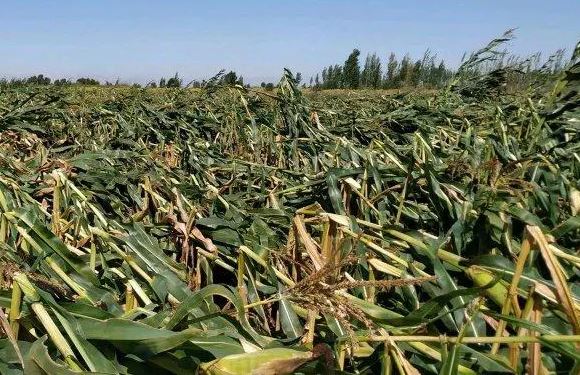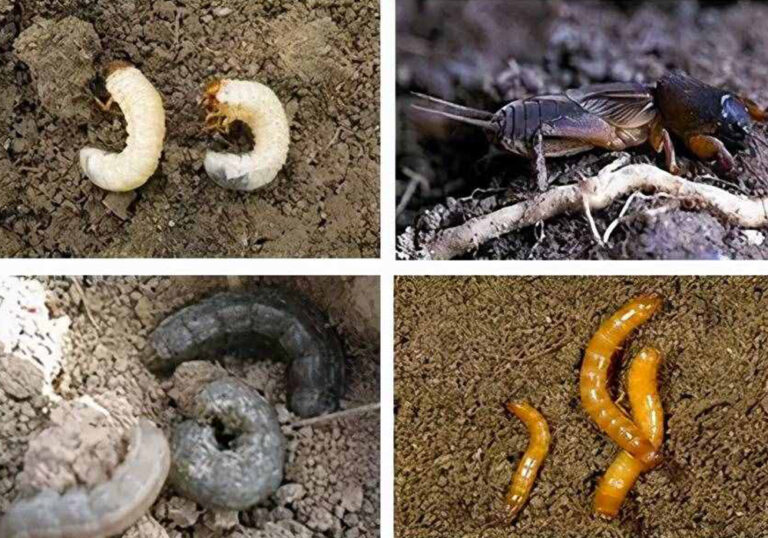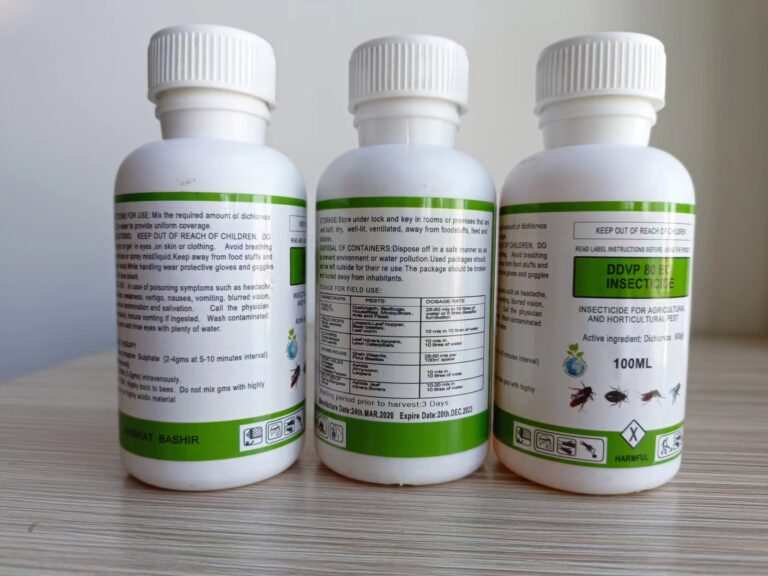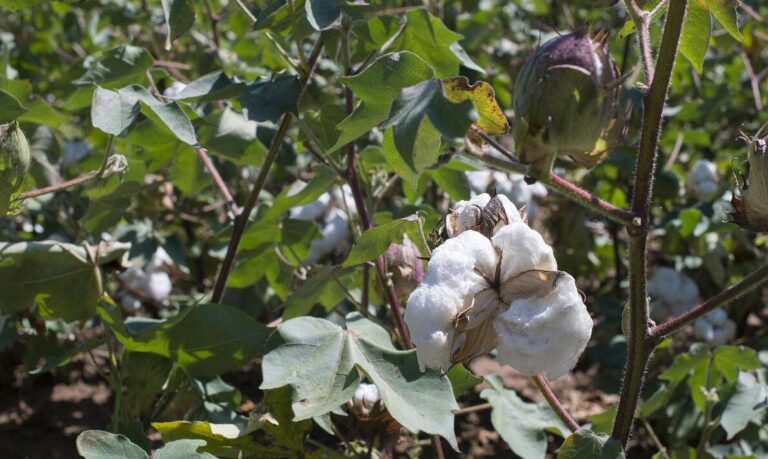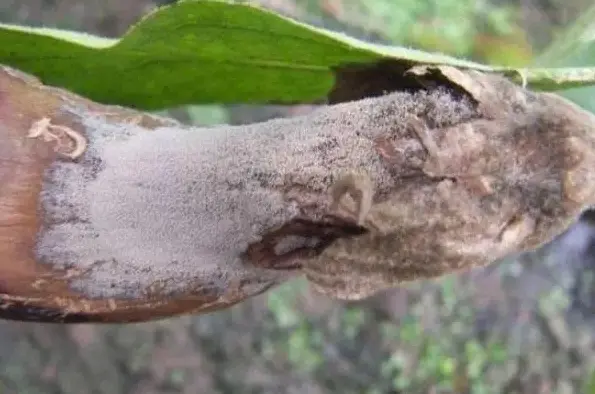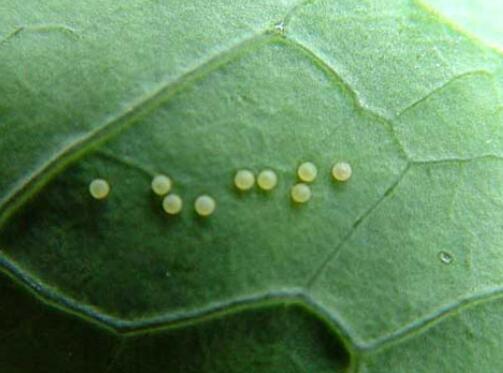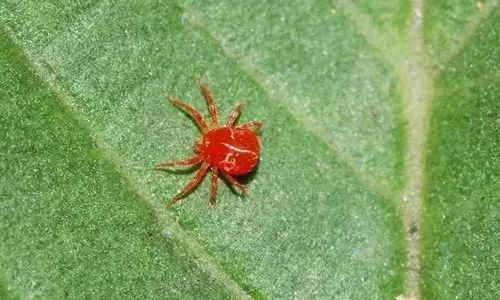
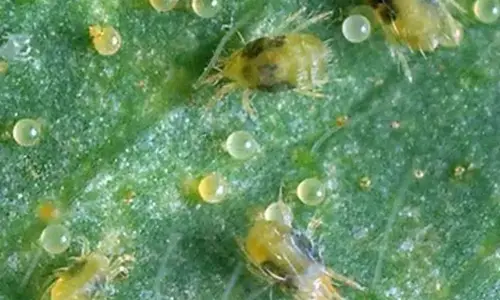
Introduction to Spider Mites Tea Yellow Mites: A Threat to Vegetables Worldwide
Spider mites, often called red mites, are significant pests that damage various vegetable crops globally. Common species include Tetranychus truncatus, T. urticae, T. bimaculatus, and others. These mites are known to infest vegetables like eggplant, cucumber, tomato, beans, and peppers. They thrive in hot, dry conditions and are frequently found on the undersides of leaves. In these spots, they feed and can severely weaken plants.
Recognizing and Addressing Spider Mite Damage
Spider mites flourish in warm, dry climates, quickly spreading across fields if not managed. Therefore, taking early and proactive measures can protect your crops and prevent costly damage.
1. Post-Harvest Clean-Up and Field Preparation
- Clean Debris After Harvest: Remove leftover stems, leaves, and weeds immediately after harvesting. This minimizes places for mites to hide and limits future infestations.
- Preparing the Field Carefully: Removing weeds around the area and deep-tilling the soil lowers mite populations early on.
2. Strengthening Field Management
- Focus on Healthy Seedlings: Strong seedlings with good air circulation are more resilient to mites. Increasing ventilation discourages the high moisture levels mites prefer.
- Proper Spacing and Fertilization: Good spacing, balanced fertilizers, and controlled watering prevent excessive growth, which can attract mites.
- Use Reflective Materials in Greenhouses: Attaching reflective mulch or light-boosting materials can help regulate light levels and create an environment less suited to mites.
3. Fumigating to Reduce Mites Before Planting
- Greenhouse Fumigation: Before planting, fumigate greenhouses with products like dichlorvos or chlorpyrifos to manage adult mites and prevent infestations.
- Combine with Spray Treatments: After fumigation, follow up with a spray, such as spirotetramat, to effectively control any eggs or young mites.
4. Nursery Management for Mite-Free Seedlings
- Treat Seedlings Before Transplanting: Applying miticides twice in the nursery, spaced 5-7 days apart, helps ensure mite-free seedlings and reduces infestation risks.
5. Strategic Chemical Control
- Monitor and Apply Pesticides as Needed: Observe pest activity closely, especially after autumn planting and early spring. These are peak times for mites to multiply.
- Recommended Pesticides: Effective options include 24% Spirodiclofen SC (diluted 1:5000), 15% Pyridaben EC (1:2500), and 43% Bifenazate SC (1:2500).
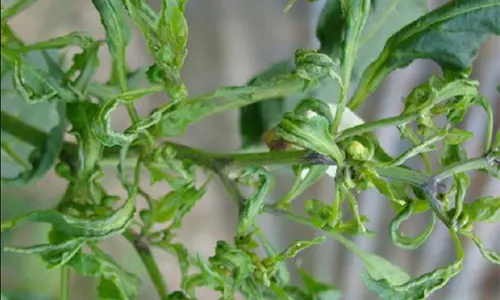
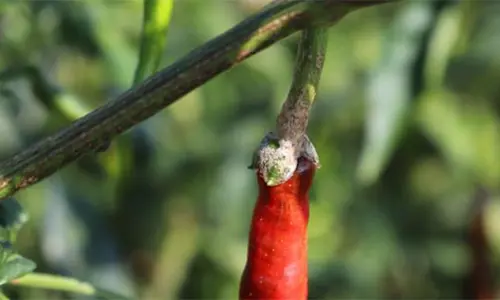
Managing Spider Mites Tea Yellow Mites: Global Best Practices
Tea yellow mites (Polyphagotarsonemus latus) cause widespread damage to crops like cucumber, eggplant, pepper, and potato. Infested leaves may become yellow-brown, curl, and deform, significantly reducing crop health and yield potential. Since tea yellow mites overwinter in plant roots or weeds, they often spread through wind and rain in the spring.
1. Maintain Field Hygiene and Irrigate Regularly
- Clear Weeds and Debris: After harvest, promptly remove and destroy all crop debris to reduce mite populations.
- Use Irrigation and Balanced Fertilizers: During dry spells, increase humidity by irrigating fields and applying nitrogen, phosphorus, and potassium fertilizers. This supports plant resilience.
2. High-Temperature Greenhouse Treatment
- Trap Heat in Greenhouses: Closing greenhouses to trap heat not only combats mites but also helps reduce other pest populations.
3. Biological Control with Predatory Mites
- Introduce Beneficial Predators: Predatory mites like Phytoseiulus persimilis and Neoseiulus californicus are effective, sustainable ways to manage tea yellow mites.
4. Early and Frequent Chemical Application
- Intervene Early and Repeat Treatments: Because tea yellow mites reproduce rapidly, apply miticides every 7-10 days over three applications.
- Effective Pesticides for Early Intervention: These include 73% Chlorfenapyr EC (1:2000), 5% Hexythiazox EC (1:2000), and 20% Amitraz EC (1:1000-1500). Applying to new plant growth is crucial for best results.


